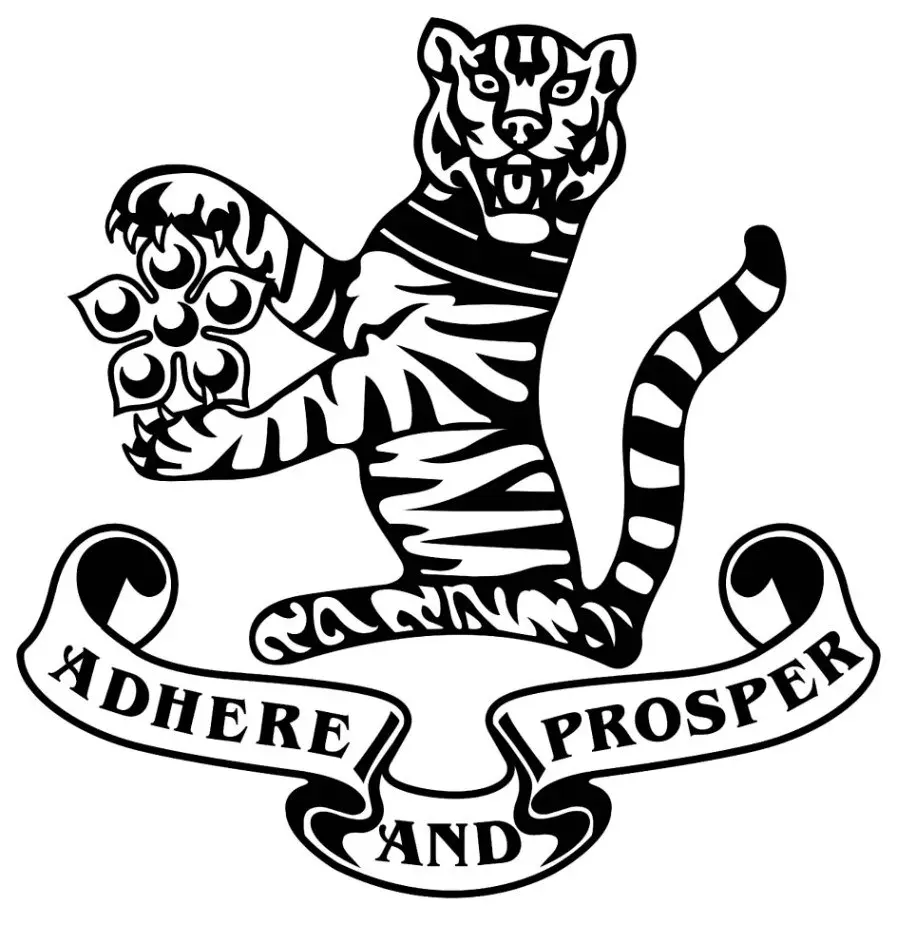Coins
We buy gold, silver platinum platinum:
Coins
Rounds
Fractionals (less than one troy ounce/ 31.1034768 grams)
Bars
Ingots
The History of Coins
Coins date back to ancient civilizations, with the first known coins appearing around 600 BCE in the region of Lydia (modern-day Turkey). These early coins were made from electrum, a naturally occurring alloy of gold and silver. Over time, different cultures began minting their own coins, each featuring unique designs and symbols that reflected their rulers, deities, and national identity.
During the Roman Empire, coins became an essential tool for commerce and propaganda. Emperors used to commemorate victories, promote their rule, and unify their vast territories. The medieval period saw the rise of silver and gold coinage in Europe, with each kingdom issuing its own currency. The industrial revolution and the rise of modern nations led to standardized coinage systems, many of which are still in use today.
Types of Coins
Bullion
Bullion are primarily used as an investment in precious metals like gold, silver, platinum, and palladium. Examples include:
Gold American Eagle
Canadian Maple Leaf
Silver Britannia
Krugerrand (South Africa) These are valued based on their metal content rather than their face value, making them a popular choice among investors.
Commemorative
Governments and mints issue commemorative coins to celebrate significant events, anniversaries, and historical figures. These often have limited mintage, making them desirable for collectors. Examples include Olympic coins, royal commemorations, and milestone anniversaries of independence.
Numismatic
Numismatic are highly collectible due to their historical significance, rarity, and artistic design. Some of the most sought-after numismatic include:
Morgan Silver Dollar (USA)
1913 Liberty Head Nickel
Double Eagle Gold Coin
Ancient Greek and Roman Collectors pay a premium for these based on factors such as mint condition, age, and historical importance.
Proof
Proof are specially struck using high-quality dies and polished planchets to achieve a superior finish. They are usually minted in limited quantities and are highly valued by collectors for their sharp details and mirror-like surfaces.
How to Determine Coin Value
The value of a coin depends on several factors:
1. Rarity
with a low mintage or those that were produced in small numbers tend to be more valuable. Limited-edition , error , and discontinued coinage can fetch high prices.
2. Condition and Grade
Coin grading is a crucial aspect of determining value. Professional grading services such as PCGS (Professional Coin Grading Service) and NGC (Numismatic Guaranty Corporation) assess based on their condition, using a scale from Poor (P-1) to Mint State (MS-70).
3. Metal Content
Bullion derive their value from the weight and purity of the metal they contain. The price of gold, silver, and other precious metals fluctuates daily, impacting the value of the
4. Historical Significance
that played an important role in history, such as those from ancient civilizations or major historical events, often command higher prices.
How to Start Coin Collecting
Coin collecting, also known as numismatics, is a fascinating hobby that can also be financially rewarding. Here are some steps to help beginners get started:
1. Choose a Focus
Decide what type oou want to collect. Some popular categories include:
Ancient
from a specific country
Error
Commemorative
Bullion for investment
2. Learn About Coin Grading
Understanding coin grading is essential for determining value and authenticity. Resources like the Sheldon Coin Grading Scale can help collectors assess their accurately.
3. Buy From Reputable Sources
Purchase rom trusted dealers, auction houses, and certified online marketplaces to avoid counterfeit Organizations like the American Numismatic Association (ANA) provide resources to help collectors find reputable dealers.
4. Store and Protect Your
Proper storage is crucial to maintaining the value of your c. Use coin holders, capsules, and albums to protect them from damage, oxidation, and environmental factors.
5. Stay Informed
Join numismatic societies, read coin-collecting books, and follow industry news to stay updated on market trends, rare finds, and investment opportunities.
Investing in
can be a lucrative investment, especially rare and bullion. Here are some tips for investing wisely:
1. Diversify Your Collection
Avoid putting all your money into one type of coin. A diversified portfolio of bullion, numismatic, and rare can help mitigate risk.
2. Research Market Trends
Keep track of metal prices, auction results, and historical trends to make informed investment decisions.
3. Buy Certified
Authenticated and graded from reputable services like PCGS and NGC provide security and assurance of value.
4. Think Long-Term
Coin investing is often more profitable over the long term. Holding onto rare for several years can yield significant returns as their rarity and demand increase.
The Future of
As digital transactions become more prevalent, physical are slowly being phased out in daily commerce. However, the value of collectible and investment-grade continues to rise. Many governments still produce bullion and commemorative , ensuring that numismatics remains a vibrant and lucrative field.
New technologies, such as blockchain and NFTs, are also making their way into the numismatic world, with digital representations of rarebecoming popular among tech-savvy collectors.
Conclusion
how to determine their value, and the best practices for collecting and investing, you can embark on a rewarding journey in the world of
If you are interested in starting your coin collection or investing in precious metal , explore reputable dealers, auction houses, and online marketplaces to find the best suit your interest and budget.

SELL
- Gold
- Jewelry
- Platinum
- Palladium
- Silver
- Accessories Collectables
- Sell Watches
- Diamonds
- Gemstone Jewelry
- Coins
- Estate Jewelry
- Vintage Jewelry
ONLINE STORE
- My Account
- Login
- Register
OUR JEWELRY BUYERS
CONTACT US

